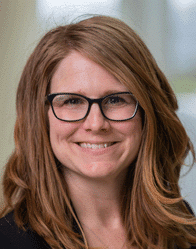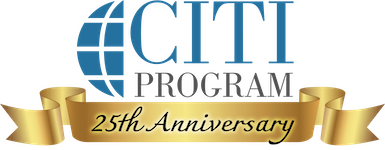Add this course to your organization’s subscription
Description
Institutions engaged in research, instruction, or testing activities involving vertebrate animals are subject to various governing standards. Depending on the species and funding, institutions must adhere to the Public Health Service Policy on Humane Care and Use of Laboratory Animals (PHS Policy) and/or the Animal Welfare Regulations (AWR). Institutions that must adhere to the PHS Policy must use the Guide for the Care and Use of Laboratory Animals (the Guide) to develop and implement an animal care and use program. Regardless of the standard, institutions must establish an Institutional Animal Care and Use Committee (IACUC) to review, approve, and oversee animal activities. However, only the Guide provides standards for developing and implementing an animal care and use program. Consequently, institutions tend to gravitate toward the specific language and processes in the Guide.
The Guide continues to influence the oversight language the animal care and use program community uses. Through Guide language, post-approval monitoring (PAM) is identified as an important aspect of the IACUC’s oversight of animal activities. Consequently, Guide language is often the basis of institutional policies and procedures communicated to researchers. As a result, many researchers often feel that monitoring is a one-way process used by the IACUC to perform an audit. This may be partly due to varying knowledge and understanding of the regulations. Some researchers interpret audits by the IACUC as a lack of trust, which leads them to be resistant or defensive.
The primary objective of an effective QA program is to satisfy the Guide’s requirement by providing ongoing IACUC oversight of approved animal activities through a strong partnership of the animal care and use program stakeholders, including researchers. This course discusses the importance of a QA program, how to develop a QA program, and the expected outcomes of a QA program.
Audience
Compliance Professionals, IACUC Administrators, IACUC Members, Institutional Officials, Research Personnel, Researchers
Meet the Authors

Erin Czarniak, BS, CPIA, LATG – University of Michigan
Erin Czarniak is the Associate Director of Quality Assurance in the University of Michigan Animal Care and Use Office. She has strong management and program development skills. She received her Bachelor of Science from Michigan State University in 2008 and has since completed the ALAT, LAT, LATg, and CPIA certifications.
William G. Greer, BS, CPIA, LAT, CM – University of Michigan
Bill Greer has been responsible for research compliance oversight for over 30 years. He currently serves as the Assistant Vice President for Research at the University of Michigan, Research Compliance. During his tenures, he has served as an IACUC, Biosafety Committee, and Safety Committee chair.






